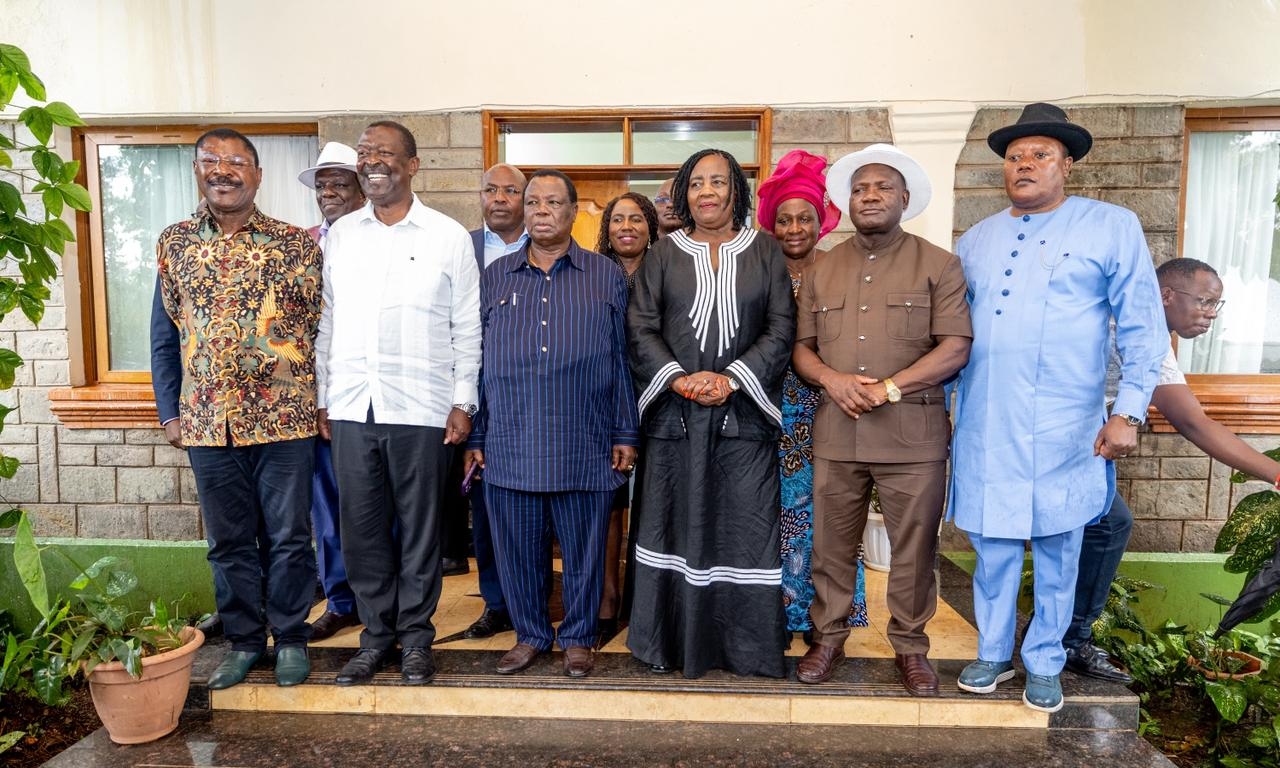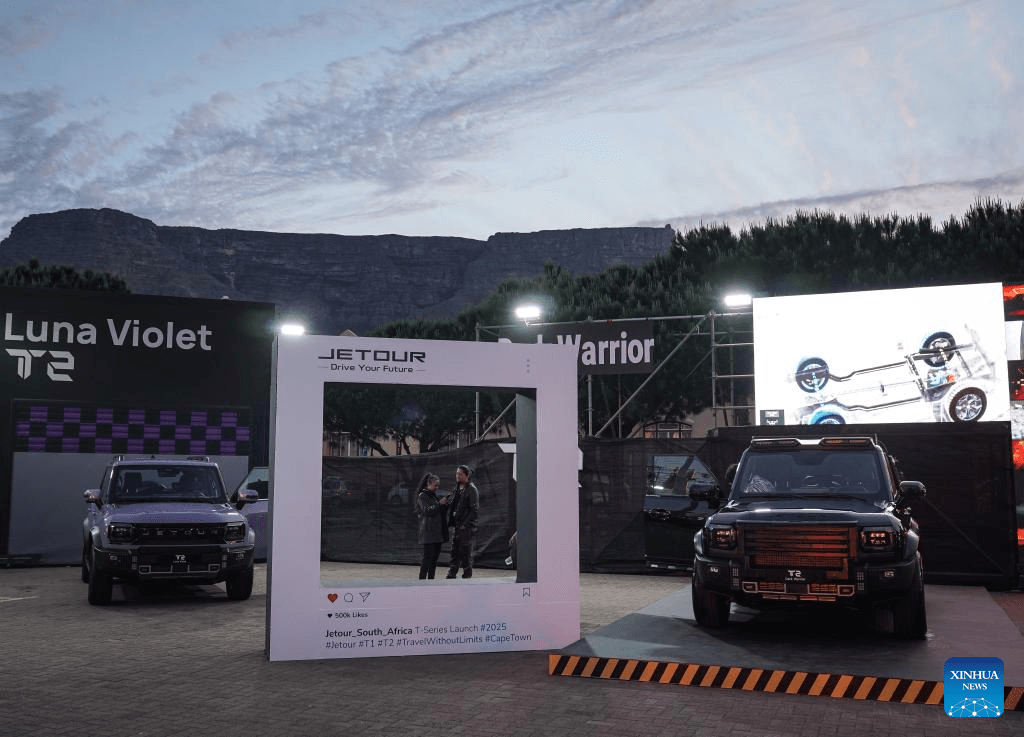The national government remains is the greatest enemy of conservation in the Nairobi National Park.
That’s what conservationists and nature lovers told a web seminar on Thursday evening.
Human rights defender for indigenous communities Patita Nkamunu said the government through the Kenya Wildlife Service has tampered with the park boundary.
“This is happening even as communities are putting in efforts to conserve the park for future generations,” the conservationist said.
The webinar was organised by Greenpeace Africa, an independent environmental campaign organisation. It calls for creative, nonviolent confrontation to expose environmental injustices.
Nkamunu, who grew up adjacent to the park, said the government has refused to properly protect the park despite its ecological and economic value.
“Inside the park, we now have huge projects such as the standard gauge railway, the Southern Bypass, a pipeline and Ketraco (Kenya Electricity Transmission Company) power cables,” she said.
The park was donated by earlier generations for purposes of conservation, she said.
Nkamunu said the communities bordering the park have been instrumental in ensuring wildlife corridors and dispersal areas remain open.
As a result of their ability to move about, lions have increased from about seven in 2006 to about 45 today, she said.
Nkamunu said the park is an open ecosystem and therefore the government should top fencing it, limiting wildlife movement.
The Nairobi National Park is Kenya’s oldest, established in 1946 by the colonial government. It covers about 29,000 acres is about seven kilometres south of the centre of Nairobi.
The park is home to more than 100 mammal species and more than a dozen reptile species.
They include lions, leopards, cheetahs, buffalo, the Eastern black rhino, Southern white rhino, Masai giraffes and the common zebra.
Others are Grant’s gazelle, Thompson’s gazelle, elands, impalas, water bucks, hyenas, jackals, ostriches, jackals, warthogs and baboons.
Hippos inhabit the Mbagathi River and crocodiles live in the dams.
KWS has identified 12 problems threatening the park.
They include habitat loss and fragmentation of dispersal areas, declining wildlife population, poaching human-wildlife conflict, alien and invasive species.
Others are pollution, mining and quarries, climate change, low visitor numbers, increased urbanisation, infrastructure development and settlement threats to sheep and goat ranches.
KWS seeks to address the problems through a proposed Draft Management Plan 2020-2030. It will be scaled down and focused on 10 parks to make them more attractive.
Proposed work at Nairobi National Park includes fencing, a high-end eco-lodge, high-end restaurant (Orpul Place), a KWS Club House, improved infrastructure, adventure activity concessions and alternatives to traditional game-viewing.
KWS proposes improving the park habitat and progressive fencing of the land of willing landowners in the park’s buffer zone, among other work.
Conservationists oppose some proposals.
Conservationist Reinhard Nyandire said the park is carbon sink site, an area that absorbs more carbon than it releases, reducing the greenhouse effect. He said the silence from those opposed to climate change is "shocking".
“The park needs a more integrated approach because whatever happens to it will happen to other parks as well,” he said.
Nyandire said parks such as Amboseli and Maasai Mara have done well because communities are involved in conservation.
KWS does not have a strategy to deal with invasive species “choking the park”, he said.
They include the South American weed parthenium, which has unapalatable leaves and causes blisters in the mouths of grazing animals. It also taints the flesh and milk of grazing animals.
On August 15, the Friends of Nairobi National Park condemned the government, saying it put political expedience ahead of conservation.
FoNNaP said in a webinar it was wrong to allow mega projects, such as the SGR and Southern Bypass.
The group is a nonprofit membership society founded in1995 to assist KWS in nurturing and preserving biodiversity in the park and its broader ecosystem.
Former board chairman Akshay Vishwanath said environment impact assessments of mega projects were poorly done and “quite useless”.
“Projects such as the SGR and Southern Bypass were political and that’s why they were rushed, to approve them,” Vishwanath said. The projects destroy habitat, he said.
IEAs have not properly define ‘rehabilitation’ after damage by projects and mitigation measures were insignificant, he said. The studies do not identify exactly who is to be held accountable by the destruction caused by contractors, Vishwanath said.
(Edited by V. Graham)












